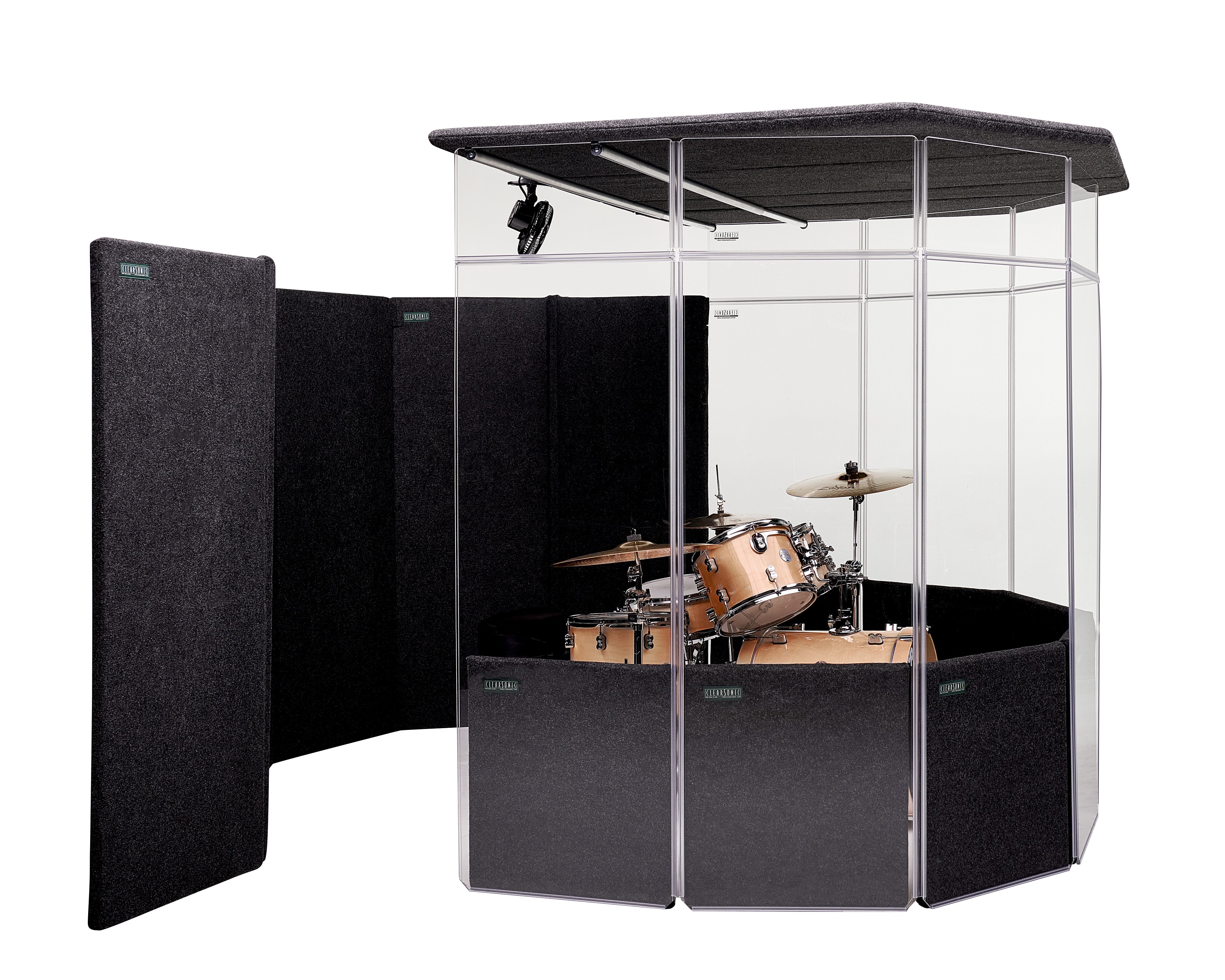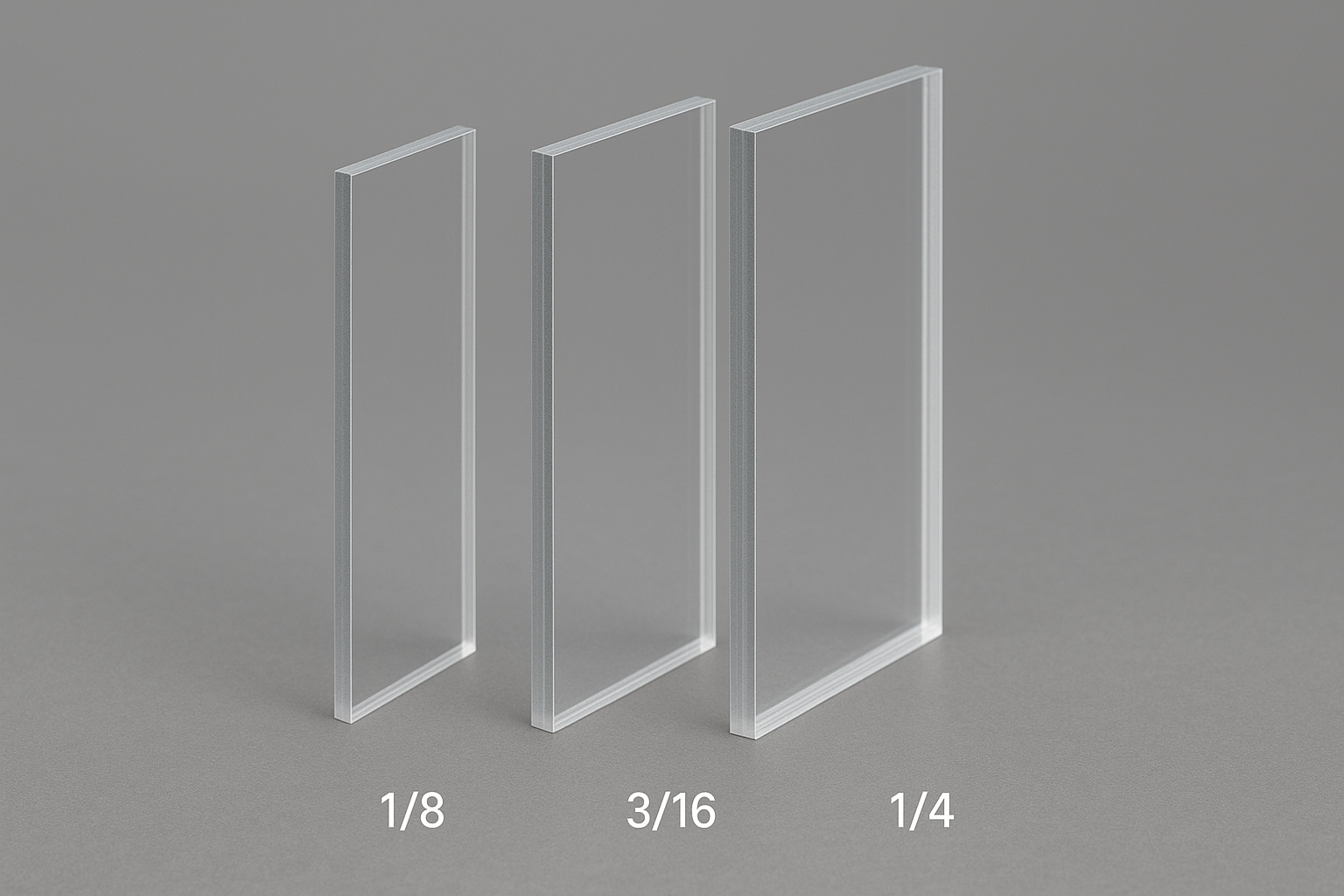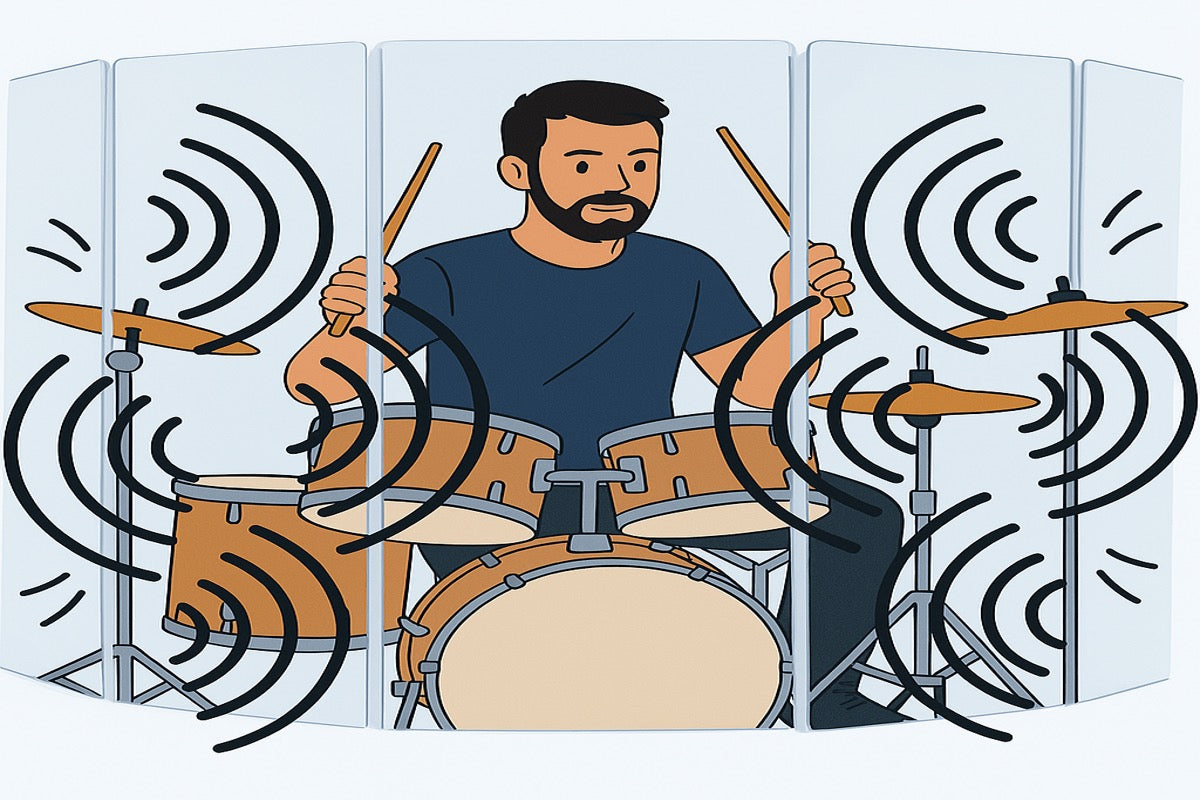ClearSonic Blog
- All
- acoustic treatment
- acrylic shield
- amp shield
- AmpPac
- baffle
- bar lucci
- Bonamassa
- Church Guitar
- ClearSonic
- cymbal shield
- drum shield
- flector
- Flector 24
- Flector12GN
- Flector12MM
- free-standing acoustic treatment
- gobo
- guitar
- guitar amp isolation
- guitar baffle
- guitar cabinet isolation
- guitar shield
- guitar tone
- harmful sound
- hearing damage
- hearing loss
- hearing loss prevention
- horn shield
- hyperacusis
- instrument isolation
- IsoPac
- JB-4
- Joe Bonamassa
- jon finley
- live sound
- microphone shield
- noise
- recording
- S2466x2
- scotttarulli
- Sorber
- sound absorption
- sound absorption baffle
- sound panels
- sound reduction
- sound shield
- sound tips
- vocal shield
- volume reduction
How Thick Should Drum Shields Be?
When it comes to managing drum volume in live or studio settings, few tools are as effective and flexible as a well-built drum shield. Whether you're outfitting a church stage, recording studio, or rehearsal room, getting the right thickness of acrylic panels is critical—not just for sound control, but also for safety, portability, and long-term durability.
Do Drum Shields Really Work? Top Five Reasons People Use Drum Shields
Do drum shields really work? And why do so many musicians and sound engineers swear by them? Drummers are the backbone of any band, bringing energy, rhythm, and drive to the music. But let’s be honest—drums can be loud. So here are the top five reasons drummers use drum shields.
Does Your Church need a Drumshield?

What are Drum Shields & IsoPacs Anyway?





